My Account
Manage your account and course progress below.
Login
Our Most Popular Courses

P-06. Art of sitting
This 7 part subject examines the art of sitting for Pranayama through objective knowledge and subjective experience. You engage with the material from our lineage: a series of videos extracted from Geeta Iyengar's conventions, the writings of BKS Iyengar, Geeta Iyengar, Prashant Iyengar, and practice videos and audios from our teachers. P-06 is a lifetime enrollment

IS-01 Introducing Sadhana
Introducing Sadhana (practice) is an independent practice program for students with Iyengar Yoga experience wishing to establish a home practice and requires a commitment to a regular practice of between 15-30 minutes per day as well as the reading and study material provided. Lifetime enrollment
PPR-00 Pranayama. On the mat
This free subject provides and introduction to Pranayama and an experience of Yoga Vidya subjects. It is presented in the Learn/ study/ practice modes where a student can gain basic techniques, expand their understanding through articles, book extracts, video and audio clips and apply these within practice.
Access is for 1 month and the subject can be enrolled more than once.
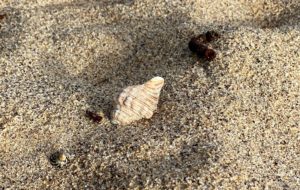
PPR-01 Pranayama Practice Resources Unit 1
This 10 week subject is for experienced students wishing to establish a weekly practice of pranayama. Its focus is on providing a guided 45 minute audio class along with class notes. Classes can be repeated. Unit 1 has a focus on Ujjayi, Bhramari, Viloma, Kumbhaka, Anguli Mudra
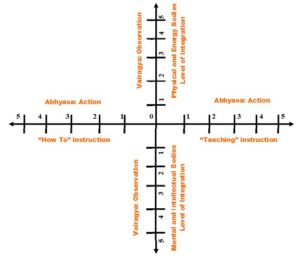
SF-01 Abhyasa-Vairagya
This subject provides a range of audio class recordings for practice enquiry along with articles to explore the twin pillars of Yoga (Abhyasa and Vairagya) action and dispassion for a 10 week period
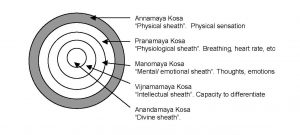
SF-02 Kosas
This subject provides a range of audio class recordings for practice enquiry along with articles to explore the Kosas or sheaths for a 10 week period

PPR-02 Pranayama Practice Resources Unit 2
This 10 week subject is for experienced students wishing to establish a weekly practice of pranayama. Its focus is on providing a guided 45 minute audio class along with class notes. Classes can be repeated. Unit 2 has a focus on Anguli Mudra, Anuloma, Pratiloma, Nadi Sodhana
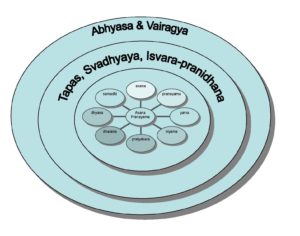
SF-04 Ashtanga Yoga (the eight limbs)
This subject provides a range of audio class recordings and class notes for practice enquiry along with articles to explore Ashtanga Yoga (the eight limbs). Access is for a 10 week period from enrolment.
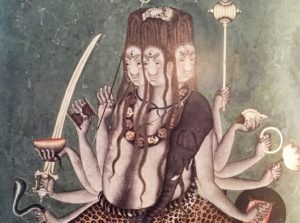
T-Ph03. Kriyayoga
The practice of Kriyayoga is given by Patanjali in the second chapter for students of moderate means. This practical approach helps us transcend our volatile nature and enter the present moment through practice.
Kriyayoga is made up of application (Tapas), self-study (Swadhyaya) and surrender (Isvara Pranidhana). This subject explores the Kriya and its significance within our system of practice along with the question of isvara (god).
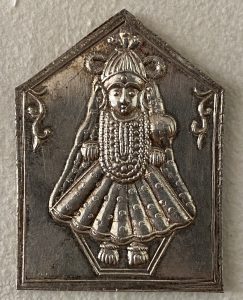
T-T01. Language of Asana
This 7 part subject requires review of video classes, practice reflection. Submissions include recording oneself, assignment uploads.
Valuable for all those seeking to understand the role of language in teaching. T-T01 is a lifetime enrolment
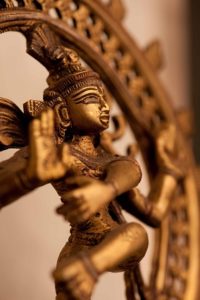
T-Ph23. The Conscious Pause
There are three transformations which take place in meditation. At the very beginning of his Yoga Sutras, Patanjali says that stillness of the mind is yoga. Later, he says that when a person is trying to still the mind, there is an opposition which occurs as new thoughts or new ideas arise in the mind.

TD-TTM. Theory Teaching Module
This program is coordinated through Yoga Mandir and seeks to establish a dialogue between teachers on the evolution of a student into a Sadhaka.
A teacher is someone who is involved in the development of students and more importantly in understanding how we as human being evolve. We recognise that each student is an individual who arrives with a history, expressing the gunas (an expression of nature) in all its varieties and complexity. Teaching is both an art and a science
Entry to the program is through discussion with Alan Goode
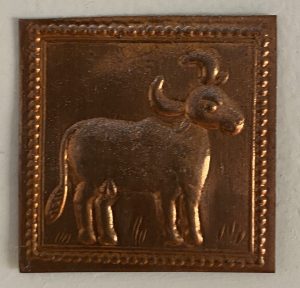
TD-RPT. Reflective Practice-Teacher
Reflective Practice-Teachers (RP-T) is made up of Certified Iyengar Yoga Teachers who meet regularly to discuss issues of teaching and practice with colleagues. These discussions are guided by senior teacher Alan Goode and aim to provide peer support to individuals through this ongoing group dialogue. Entry to the program is through discussion with Alan
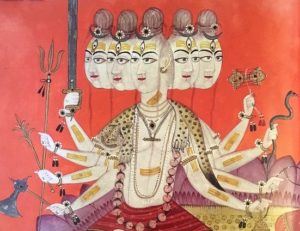
T-Ph01. Iyengar & Patanjali
This subject considers Iyengar’s relationship to classical Yoga as outlined in Patanjali’s Yoga Sutras.
Iyengar says, “The Yoga I teach is purely Astanga Yoga, known as the eight limbs of Yoga, expounded by Patanjali in his 196 terse sutras, each of which reflects profound experimental knowledge, supplemented with Hatha Yoga texts, the Gita and others.”
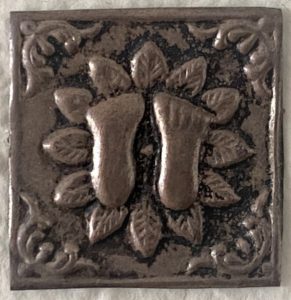
T-T04. Principles of correcting & adjusting
Principles of correcting & adjusting examines the key principles that guide our actions and through a range of articles we reflect on Iyengar’s statements about how students learn. ‘As a teacher, we have to initially impart knowledge of techniques. Then, knowing the weaknesses of the students, we have to change the techniques to fit into the frame of their body and mind? T-T04 is a lifetime enrolment.
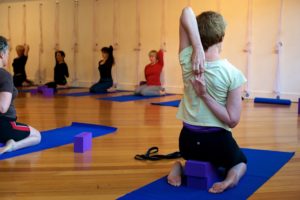
A-S. Sitting Asanas
‘The asanas in sitting posture done with forward extension are similar to standing asanas, the forward extension asanas are visible and perceivable movements for beginners-Geeta Iyengar.
The material in this subject is not intended for the learning of asanas as this is the role of a teacher.
The 10 week subject brings together a diverse range of material including articles and Video extracts from conventions to deliver a literature review.
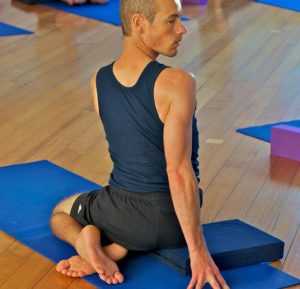
A-T. Twists
‘The twists are very effective in relieving backaches, headaches, and stiffness in the neck and shoulders’.
The material in this subject is not intended for the learning of asanas as this is the role of a teacher.
The 10 week subject brings together a diverse range of material including articles and Video extracts from conventions to deliver a literature review.

T-Ph02. Distinguishing Features of Iyengar Yoga
'.... if any Iyengar Yoga teacher is asked to express what is so unique about Iyengar Yoga then he would have no difficulties in expressing that "Iyengar Yoga is characterised by precision and alignment, sequencing, timing and the use of props’. Prashant Iyengar
This subject explores the distinguishing features behind Iyengar Yoga through lectures, articles and observations so that the student can fully understand our system of practice
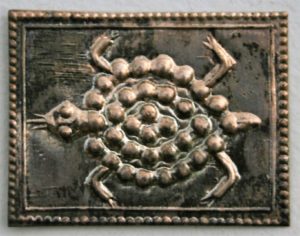
T-T02. Presenting Asana & Organising the Class
This subject identifies the key principles of presenting asanas and organising the class and considers how to reduce obstacles in the learning environment. Using the statements of BKS Iyengar as a guide we explore the questions and issues involved. This 7 part subject requires review of video classes and practice reflection and is a lifetime enrolment.
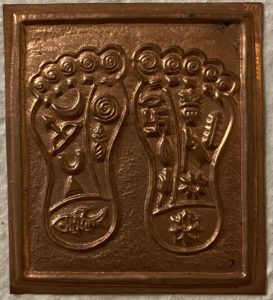
T-T03. Skill & Methods in teaching
The Lineage of each Yoga tradition determines the Methods that are applied. These methods transform the practice of asana and pranayama from being 2 of the 8 disciplines (ashtanga Yoga), to being a practice that applies Astanga Yoga within practice.
This subject looks at how we develop skills through practicing teaching Exercises in order to apply our Methods to achieve Patanjali's Yoga practices. T-T03 is a lifetime enrolment

